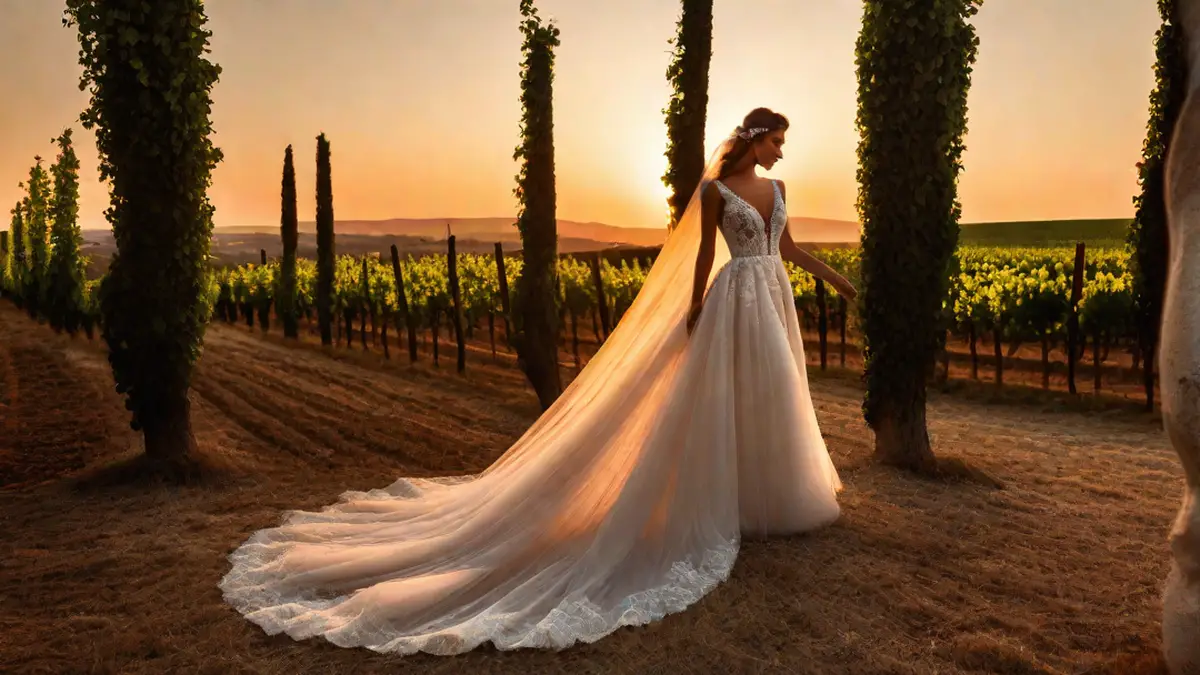Whenever I think about celebrations and important occasions, the first drink that comes to mind is champagne. Its effervescence, sophisticated taste, and association with luxury have made it a popular option among many. However, have you ever wondered about the origins of this fizzy wine? Let’s delve into history and explore the fascinating journey of champagne.
The story of champagne begins in the region of Champagne, France, during the 17th century. However, the wine produced in this region at that time was quite different from the champagne we know today. It was a still wine, lacking the signature bubbles that we now associate with the beverage.
It wasn’t until the 17th century that the transformative process of secondary fermentation, which creates those delightful bubbles, was discovered. This process occurs when extra sugar and yeast are added to the wine during bottling, resulting in the release of carbon dioxide and the formation of bubbles. This accidental fermentation was initially seen as a flaw by winemakers, but eventually, they embraced it and realized the unique appeal it added to the wine.
One of the key figures in the development of champagne as we know it today is Dom Pérignon, a monk and cellar master at the Abbey of Hautvillers. Although the popular myth of Dom Pérignon inventing champagne is not entirely true, he played a significant role in improving the winemaking techniques and quality of the wine produced in Champagne. He contributed to the refinement of blending different grape varieties, mastering the art of bottling, and perfecting the aging process.
As the reputation of champagne grew, it became a favorite among the French nobility and royalty. The association of champagne with luxury and celebration solidified its place as the drink of choice for special occasions. Its popularity spread beyond the borders of France, captivating the hearts (and tastebuds) of people around the world.
In the 19th century, technological advancements brought further improvements to the production process of champagne. The introduction of stronger glass bottles and the invention of the wire cage, known as the muselet, ensured that the precious bubbles were safely contained during the fermentation process. These developments made it possible for champagne to be transported over long distances without losing its effervescence.
Today, champagne is enjoyed worldwide and continues to be synonymous with celebration, luxury, and refinement. From weddings and anniversaries to New Year’s Eve and achievements, popping open a bottle of champagne has become a universal symbol of joyous occasions.
In conclusion, the invention of champagne can be traced back to the 17th century in the Champagne region of France. Through centuries of refinement and innovation, champagne has evolved into the iconic sparkling wine we know and love. So, the next time you raise a glass of bubbly, remember the rich history and craftsmanship behind this truly remarkable drink.
